Control and Avoid Lubricant Contamination
Ken Bannister | November 15, 2016
Clean lubricants increase the life and performance of bearings and ensure the success of your operations.
I am astounded by the number of companies that continue to believe bearing failure and its associated replacement and downtime costs are an acceptable part of doing business. In my experience, this point of view is most apparent at sites with severe and semi-severe operating conditions, wherein water, heat, and fine particulate matter (dust, dirt, and manufacturing debris) are present.
If a machine has any form of replaceable/washable filter, screen, or breather as part of its fluid-management systems—lubrication, hydraulic, and pneumatic-air systems—we can assume the OEM (original-equipment manufacturer) machine designer/engineer expected the equipment and its operators/maintainers to contend with and manage fluid- and air-borne contaminants. These built-in sacrificial filtration elements are specifically designed to provide an inexpensive method of managing and controlling potential contamination issues—externally and internally—to protect delicate, close-tolerance, machine-bearing surfaces at work under a range of operating conditions.
In the majority of operating conditions, effective levels of contamination control and avoidance are achievable with minimum effort when the requirements and basic relationships of and between a machine, its operator(s), and maintainer(s) are understood.
The fact that a piece of equipment begins to run a process or make a product indicates the OEM has done its part: supplied a machine that’s adaptable enough to work in an array of different operating environments or, if the end user is fortunate, one designed and built specifically for a unique operating environment. This means the machinery is fitted with a number of built-in contamination-control/filtration devices that are ultimately designed to fail in their own right. (They also require monitoring for condition and cleaning and/or replacement when their filter media is close to being exhausted.) These devices offer secondary protection through their ability to trap and control the ingress of contaminants into lubricating oil(s), grease(s), and air-flow systems.
Contamination control
When two precision-bearing surfaces interact, they rely implicitly on a lubrication film devoid of particle or water presence to separate—and protect—themselves from each other. The filter is designed to trap and extract any particles or moisture before these contaminants can enter the lubricated zone(s) and cause surface damage.
Almost exclusively in contamination control, filters incorporate a passive surface-attractant medium, designed to work in the direct-flow path of the lubricant and capture any dirt particles (contaminants) held in colloidal suspension as the lubricant, or lubricated air, flows through or across it. Depending on the working conditions, particle size, and fluid-flow rate, the porous filter media can be constructed of a variety of materials, including simple wire-mesh gauze, wire wool, pleated paper, cellulose, porous metal, fiberglass, diatomaceous earth, or felt. Due to higher fluid viscosity and line-delivery pressures, grease systems use heavy-gauge coiled wedge-wire or wire-mesh filters to attract large solid contaminants that may be introduced from a dirty grease-gun nozzle.
Enclosed, sealed gearboxes and reservoirs require breather devices to equalize pressure and control solid and moisture contamination. Old-style breathers constructed of wire wool can only prevent large solid contamination (40+ microns in size), and are now regularly replaced with newer-style breathers that employ desiccant-like silica gel hydrophilic media.
This media type allows the reservoir to breathe and prevent airborne particulates (3+ microns) from entering the reservoir. It also wicks and captures moisture from inside the reservoir, while preventing outside moisture from entering the reservoir or gearbox chamber.
Heavy water contamination usually enters a system as a result of maintenance or production personnel using oil that has been incorrectly stored in the outside elements, or through production-process-water spillage or high-pressure machine-cleaning (prevalent in food-manufacturing machinery).
Contamination avoidance
Ironically, while contamination avoidance is the primary strategy for reducing and eliminating premature bearing failure, it is absent/avoided in many lubrication programs. A good contamination-avoidance program requires little-to-no capital outlay, fits perfectly into any preventive-/predictive-maintenance (PM/PdM) program, involves cooperation of operators and maintenance personnel, and will drastically reduce the reliance and maintenance requirement of what essentially become secondary contamination-control systems.
In simple terms, contamination-avoidance means taking actions to ensure that contaminants don’t come into contact with a machine and its bearing-protection systems. Success relies, largely, on a good relationship between operations and maintenance personnel and a healthy respect for the machine and components in question. The following points outline the foundational requirements of any contamination-avoidance program:
Good housekeeping. Ensuring that dirt does not accumulate on equipment surfaces is preventive maintenance 101 and the responsibility of operator and maintainer. Implementing a simple 5S program will facilitate this element. This applies to the machinery and the lubricant-storage area and transfer equipment.
Lubrication training. Understanding the effect and consequence of failing to arrest contamination is mandatory. Use processes and procedures that ensure consistent effort.
Lubricant storage and transfer engineering. Using dedicated, color-coded, and closeable storage and transfer equipment protects lubricants from the elements and cross-contamination exposure. Make sure all grease guns and nipples are cleaned with lint-free rags before and after use.
Condition-based oil changes. Performing oil/filter changes too frequently risks exposure to contaminants. Performing them too infrequently risks exhausting filtration media and, in turn, lubricating-fluids degradation. Condition-checking allows operators and maintainers to become more familiar (or in tune) with a machine.
Lubricant cleanliness. Testing new lubricants and bulk fluids to verify their cleanliness and additive-package formulations before they’re put into use is a must. This is the only way to ensure that they’ve been delivered in a clean state and meet referenced specifications. In addition to the above behavioral changes, the following equipment and workspace changes can be put in place if the production process and workplace environment warrants:
Room-ventilation system. Positive or negative room pressurization or exhaust-air ventilation can be used to reduce or eliminate airborne contaminants.
Machine design. If the production process involves water or sand, mechanical deflector shields can be used to protect, divert, and channel contaminants away from bearing and lubricant-reservoir areas. Fill-cap and drain-port plugs can be replaced with positive-lock fill/drain connections that hook to closed-system transfer carts. Conventional breathers can be replaced with a closed-loop expansion tank on larger reservoir systems.
Taking small contamination-avoidance steps will significantly reduce your site’s lubricant-contamination-control requirements. The savings from these efforts can then help fund your world-class lubrication-management program.
Ken Bannister is co-author, with Heinz Bloch, of the soon-to-be-released Practical Lubrication for Industrial Facilities, 3rd Edition (The Fairmont Press, Lilburn, GA). As managing partner and principal consultant for EngTech Industries (Innerkip, Ontario), he specializes in the implementation of lubrication-effectiveness reviews to ISO 55001 standards, asset-management systems, and training. Contact him directly at kbannister@engtechindustries.com, or telephone 519-469-9173.
 “Store and Handle Lubricants Properly”
“Store and Handle Lubricants Properly”
“How Clean is the New Oil in Your Equipment?,”
“The Inner Life of Bearings, Part I: How Lubrication Really Works”





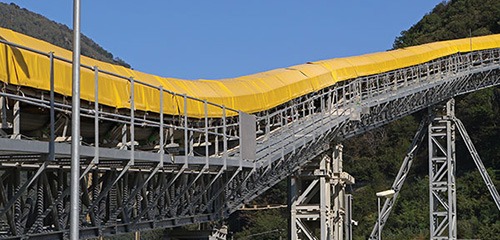

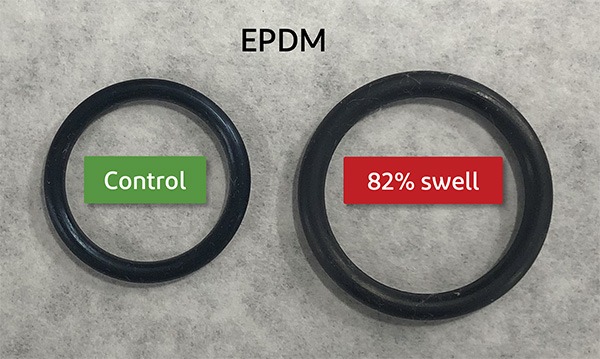
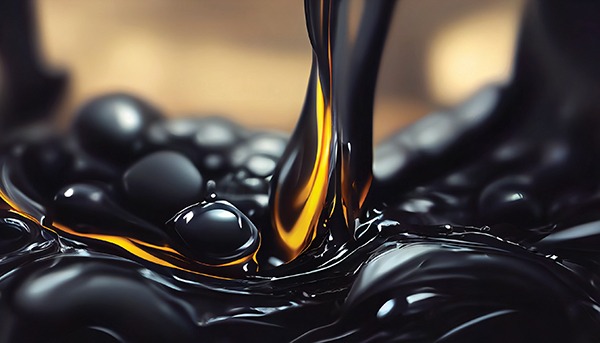
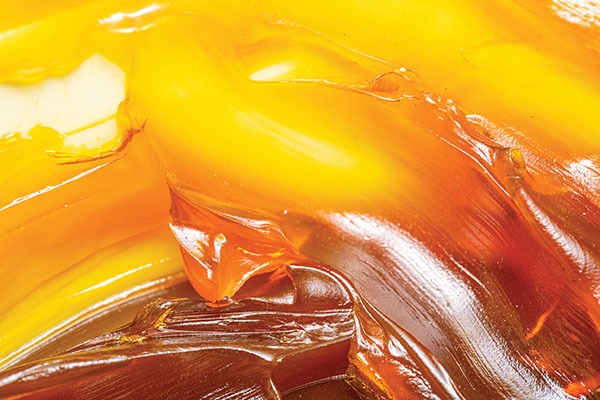
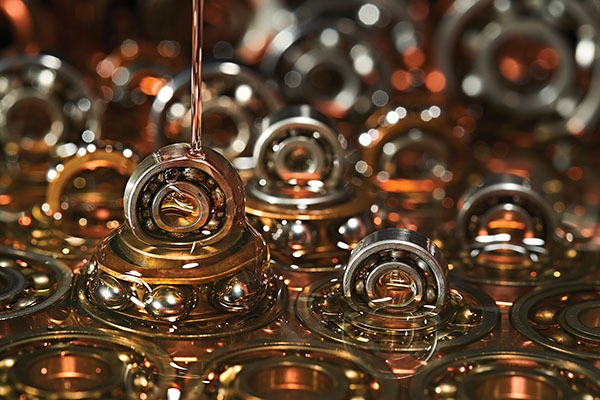
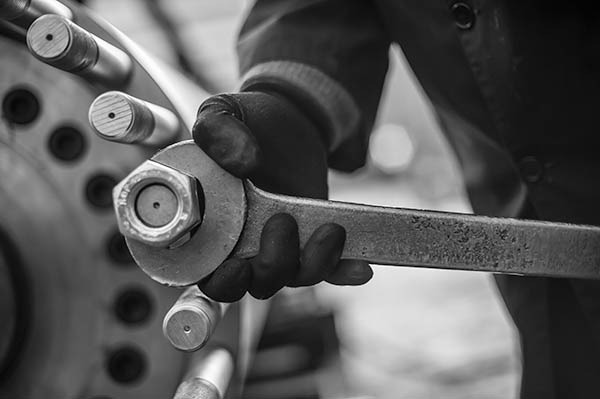
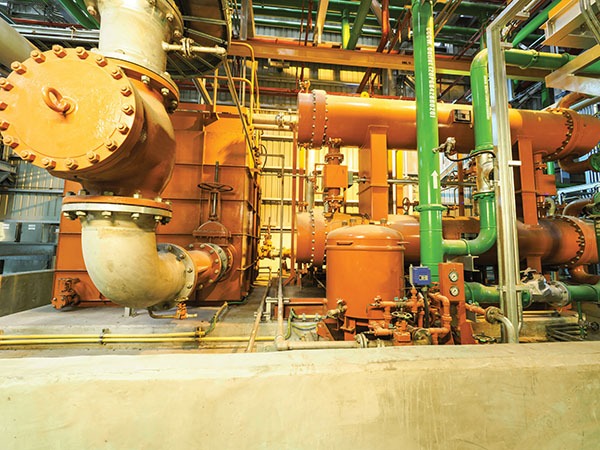
View Comments